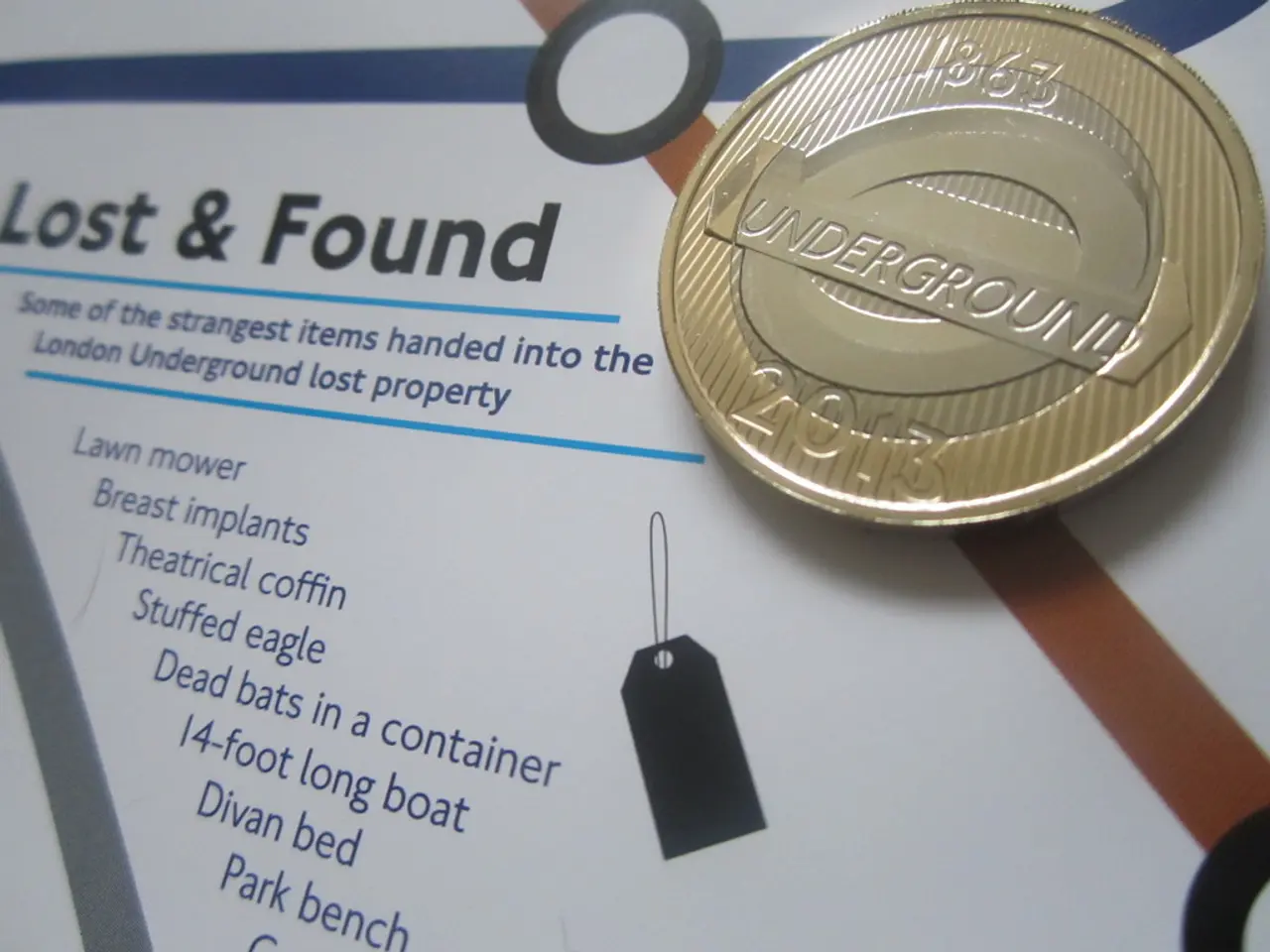Exploring Cash Worth Over Time Within Actuarial Mathematics
Actuaries, financial experts who use mathematical and statistical models to assess risk and manage uncertainty, rely heavily on the Time Value of Money (TVM) in their work. This principle, which states that money available today is worth more than the same amount in the future due to its potential earning ability, plays a key role in setting premiums, evaluating risks, and creating financial models.
One of the primary applications of TVM is premium calculation. Actuaries estimate the expected future payouts (claims) from insurance policies and discount them back to the present using appropriate discount rates. By calculating the present value of these future obligations, actuaries determine how much premium must be collected now to meet these liabilities when they arise.
TVM also aids actuaries in risk assessment. By discounting potential losses or gains to their net present value, actuaries can compare risks occurring at different times and set premiums that reflect the timing and probability of claims.
In the realm of financial mathematics, actuaries apply compound interest formulas, discount factors, and accumulation functions to solve TVM problems. They incorporate varying interest rates or forces of interest as applicable in their models.
The foundational concepts used by actuaries include calculating present value, future value, discount rates, and the equation of value for cash flows. These relationships enable actuaries to price insurance products accurately and manage financial risk efficiently.
Another crucial concept in TVM is discounting. This financial concept is used to calculate how much future cash flows are worth today. The formula for present value is PV = FV / (1 + r)^n, where PV stands for present value, FV stands for future value, r is the interest rate, and n is the number of periods.
Premium calculations for insurance products often involve annuities, which are series of equal payments made at regular intervals. Annuities have a significant role in life insurance and pensions, providing a reliable income stream during retirement. Understanding the present and future values of annuities is crucial for actuaries when working on premium calculations and creating financial models.
In summary, actuaries leverage TVM by discounting future cash flows to present values to set premiums that reflect expected future payouts and associated risks, ensuring financial soundness for insurers and stakeholders. Additionally, they use the concept of discounting to evaluate investments and make sound financial decisions. The mastery of TVM principles is essential for anyone entering actuarial science, providing a strong foundation for effective risk assessment and financial forecasting.
[1] Actuarial Institute, "Time Value of Money," (2021). [Online]. Available: https://www.actuaries.org.uk/resources/technical-resources/time-value-money
[2] Society of Actuaries, "Time Value of Money," (2021). [Online]. Available: https://www.soa.org/globalassets/assets/pdf/education/resources/time-value-of-money-video-transcript.pdf
[3] Institute and Faculty of Actuaries, "Reserve and Funding Policy," (2021). [Online]. Available: https://www.actuaries.org.uk/resources/technical-resources/reserve-and-funding-policy
[4] Society of Actuaries, "Actuarial Exams," (2021). [Online]. Available: https://www.soa.org/education/exams/exam-topics/exam-fm-topics-1-to-10.html
- In order to determine the appropriate premium for an insurance policy, actuaries must often rely on the Time Value of Money (TVM) principle and its application in calculating present values, particularly with annuities, which are crucial for providing a reliable income stream during retirement.
- Furthermore, the mastery of TVM plays a vital role in the field of investing, as actuaries use it to evaluate various investment opportunities and make informed financial decisions that reflect the potential earning ability of money available today versus the same amount in the future.




